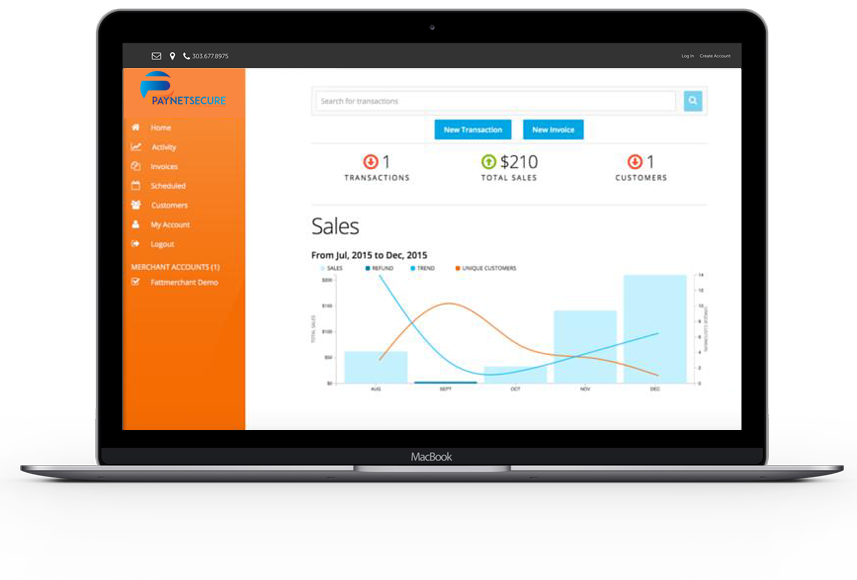The widespread use of downloadable smart phone applications is igniting demand for mobile payments by both consumers and merchants. A smartphone is a mobile phone that offers advanced capabilities, such as e-mail, Internet and, more and more often, mobile payments.
In an April 2008 a Javelin research survey revealed that 9% of participants said used such smart phones. In April 2009, the percentage grew to17% of survey participants.
According to a report by Mercatus in June 2009, 18% U.S. survey respondents ages 18 to 25 said they had sent funds, paid someone or paid for something using their mobile phones. That is up 11 percentage points from 7% of respondents who reported making similar mobile payments in May 2008. Among the respondents aged 26-34, 14% reported having paid by mobile, up from 7%a year earlier.
For more information, contact info@paynetsecure.net
